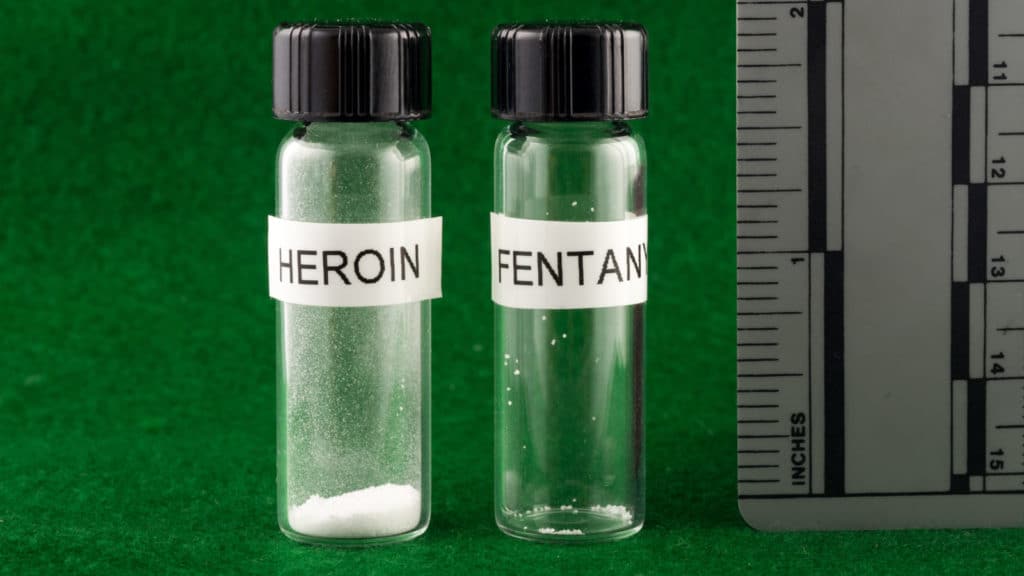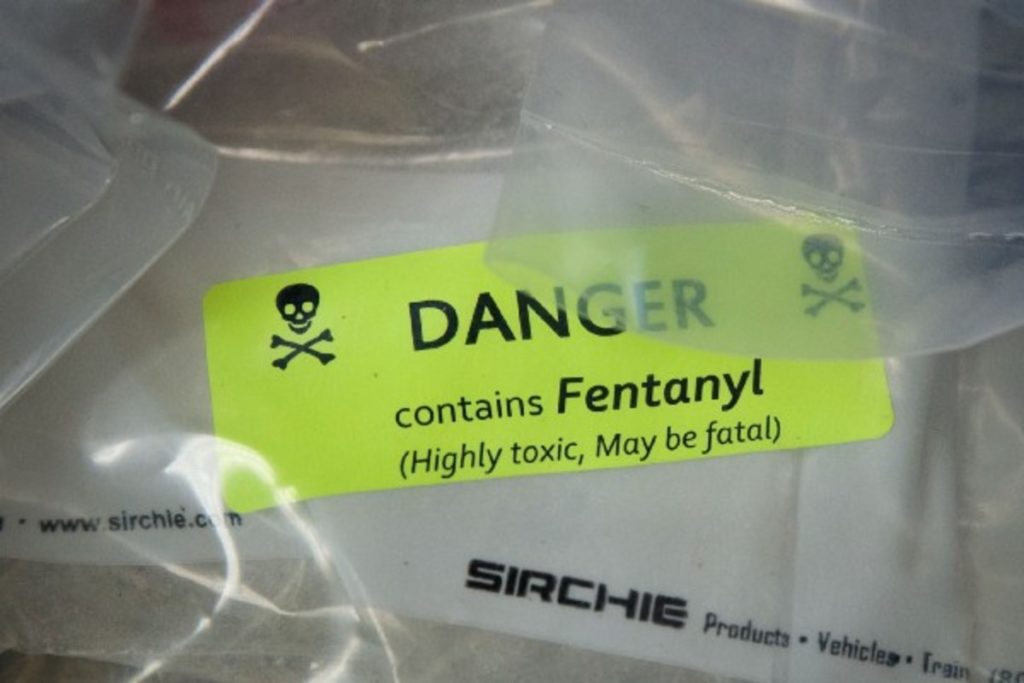Image Credit: Drew Angerer/Getty Images
Synthetic Opioids and Their Addictive Properties
Synthetic opioids are a class of pain-relieving drugs that mimic naturally-occurring opiates, such as morphine and codeine. Their high levels of potency mean that they are intended to be used in small amounts. These substances, such as oxycodone and fentanyl, are produced by pharmaceutical companies, who initially misled doctors and other medical professionals about the dangers of synthetic opioid medications. They claimed that these medications were not addictive in a clinical setting, and that they were safe for management of chronic and acute pain. Today, we know that our country is in the midst of an opioid epidemic. In 2017, 47,600 Americans – over 130 per day – died of overdoses from these substances. Synthetic opioids were responsible for over 28,000 of these deaths, and 11.4 million people misused prescription opioids. In response to these statistics, The U.S. Department of Health and Human Services declared a public health emergency.
What is Fentanyl?
Fentanyl is a prescription medication similar to morphine, which is frequently prescribed for those in severe, acute pain (particularly for people who are recovering from surgical procedures). It may also be recommended for those who are physically intolerant to other opioids and who experience chronic pain. This drug is known by a variety of brand names, including Duragesic®, Actiq®, and Sublimaze®, and street names like China Girl, China White, Murder 8, and Apache. Like other opioid drugs, fentanyl works by binding to the brain’s opioid receptors – these are found in the areas of the brain controlling pain and emotion. As one takes opioids more and more often, the body adapts to the drug and building a tolerance for the drug. This means that the effects of fentanyl gradually diminish with ongoing use, resulting in a need to take higher and higher doses to achieve the same euphoric effects. These effects of fentanyl use include extreme happiness (euphoria), drowsiness, confusion, nausea, constipation, sedation, difficulty breathing, and unconsciousness. When taken in excess, it can result in death.
Why is Fentanyl So Dangerous?
Fentanyl is unique among opioids because of its potency – it is 100 times more powerful than morphine, and 50 times more potent than heroin. This strength is difficult to express in words; only a few grains of fentanyl are enough to cause a deadly overdose. It is often taken transdermally: through patches on the skin. Manufacturers and doctors often caution patients about appropriate patch disposal, because the leftover medication has already killed children who find old patches in the trash. Half of all opioid deaths are caused by this drug, and the risk is so high that first responders, ER nurses, and lab workers have had to adapt their behavior to accommodate it. They must wear protective gear to avoid touching any fentanyl they come into contact with when responding to overdoses. Fentanyl is also commonly used as a cheap, dangerous additive to cut street drugs. This attempt to increase potency is often extremely dangerous, if not fatal, because the person using the drug cannot gauge the dosage they are about to consume. Depending on one’s size, physical health, and drug use, their usual dose of heroin or other illicit drugs could suddenly be fatal, and those around them would not know that fentanyl was to blame. The dangers of fentanyl can be summed up in a single photo. Below is an image comparing a lethal dose of heroin and a fatal dose of fentanyl. As you can see, the difference is staggering. 
Treating Synthetic Opioid Addiction
Luckily, there is help for those suffering from opioid use disorders, especially for those who find themselves dependent on synthetic opioids like fentanyl. BRC Recovery’s proven recovery approach is uniquely tailored to those who other treatment centers consider “treatment-resistant” or “chronic relapsers.” High levels of structure, combined with our ideal staff-to-resident ratio, ensure that BRC clients receive the gold standard for opioid addiction treatment. If you or a loved one are struggling with fentanyl or other substances, don’t wait until it’s too late. We will assess your insurance coverage, free of charge, when you call 1-866-905-4500.



